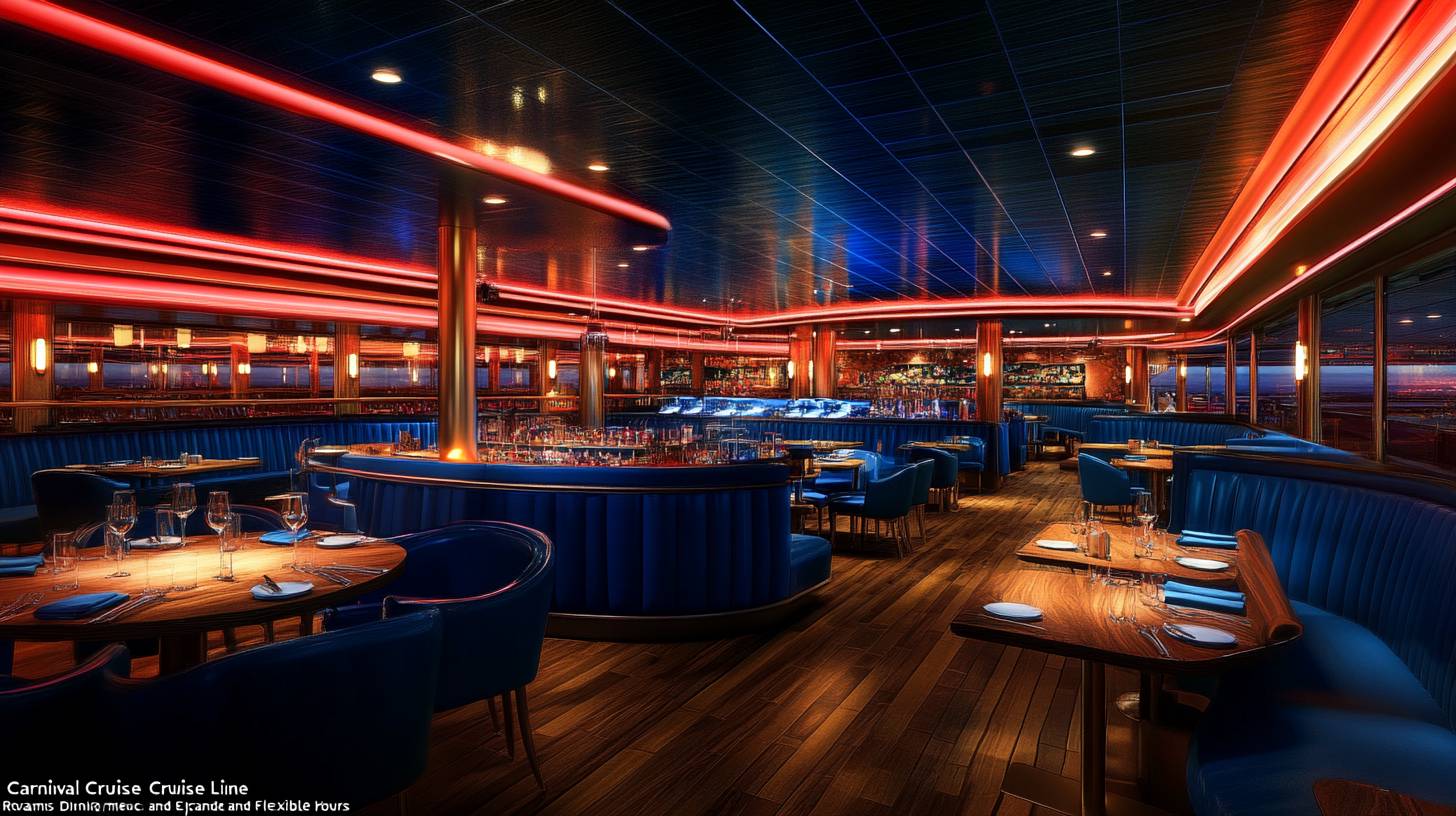
Royal Caribbean’s menu updates target efficiency and waste minimization
In 2023, Royal Caribbean opted for a strategic overhaul of its main dining room menus, with the goal of improving operational efficiency and minimizing food waste. The cruise line rolled out themed nights, which provided a more refined dining experience, while also reducing the number of dishes offered each night. This decision led to the elimination of traditional favorites such as New York strip steak, chicken, salmon, and pasta bolognese—items that were previously served every evening.
Furthermore, Royal Caribbean limited the frequency of popular appetizers like shrimp cocktail, escargot, and French onion soup, which are now served less often. The motivation for these alterations was to accelerate dinner service, aiming to shorten the dining experience to around 90 minutes. This change is indicative of a wider trend within the hospitality sector, where businesses are increasingly concentrated on achieving a balance between customer satisfaction and operational efficiency, alongside sustainability objectives.
Although some patrons may lament the reduction in nightly choices, Royal Caribbean’s strategy corresponds with the growing focus on decreasing food waste, a significant issue for many large-scale operators. By streamlining the menu, the cruise line can more effectively manage inventory, minimize surplus, and optimize kitchen operations, all of which contribute to a more sustainable business framework. For Australian investors and stakeholders in the travel and leisure industry, this change might hint at a broader movement toward more efficient, waste-conscious operations, particularly in a post-pandemic landscape where cost control and sustainability are crucial.
Carnival’s broadened side-dish selections please cruisers
In contrast, Carnival has embraced a more customer-oriented strategy by broadening its side-dish selections, a decision that has resonated positively with its cruisers. While Royal Caribbean’s adjustments were motivated by operational efficiency, Carnival’s plan appears to prioritize enhancing the dining experience, specifically by responding to ongoing critiques about the quality and variety of side dishes. Traditionally, both Carnival and Royal Caribbean have been recognized for their rather simplistic sides—think mashed potatoes and steamed vegetables—leaving much to be desired for guests wanting a more balanced meal.
However, Carnival’s recent initiative to trial an expanded side-dish menu on several of its vessels, such as the Mardi Gras and Carnival Vista, has received enthusiastic feedback. The new offerings, including baked potatoes, mac and cheese, and sautéed fresh mushrooms, present a more varied and enticing selection. Guests can now request as many sides as they desire, in addition to those that come with their main course, allowing for greater meal customization. This initiative not only enriches the dining experience but also sets Carnival apart from its rivals, particularly Royal Caribbean, which has chosen to pare down its menu offerings.
For Australian investors and stakeholders in the travel and leisure sector, Carnival’s strategy may be perceived as a more guest-centric approach, potentially fostering greater guest satisfaction and repeat patronage. While Royal Caribbean’s efficiency-driven modifications might appeal to cost-conscious operators, Carnival’s focus on enhancing the guest experience could lead to increased brand loyalty and elevated onboard spending, especially in the food and beverage area. This could serve as a pivotal differentiator in a competitive landscape where customer experience is increasingly vital for sustained growth.
Moreover, the collaboration with celebrity chef Emeril Lagasse in Carnival’s menu development adds an extra layer of attraction, particularly for culinary-savvy travelers. This partnership not only enhances the brand’s culinary offerings but also positions Carnival as a more premium choice within the mass-market cruise arena. For Australian investors, this could indicate a potential evolution in Carnival’s market stance, as the company aims to draw in a more discerning clientele while still preserving its broad appeal.

